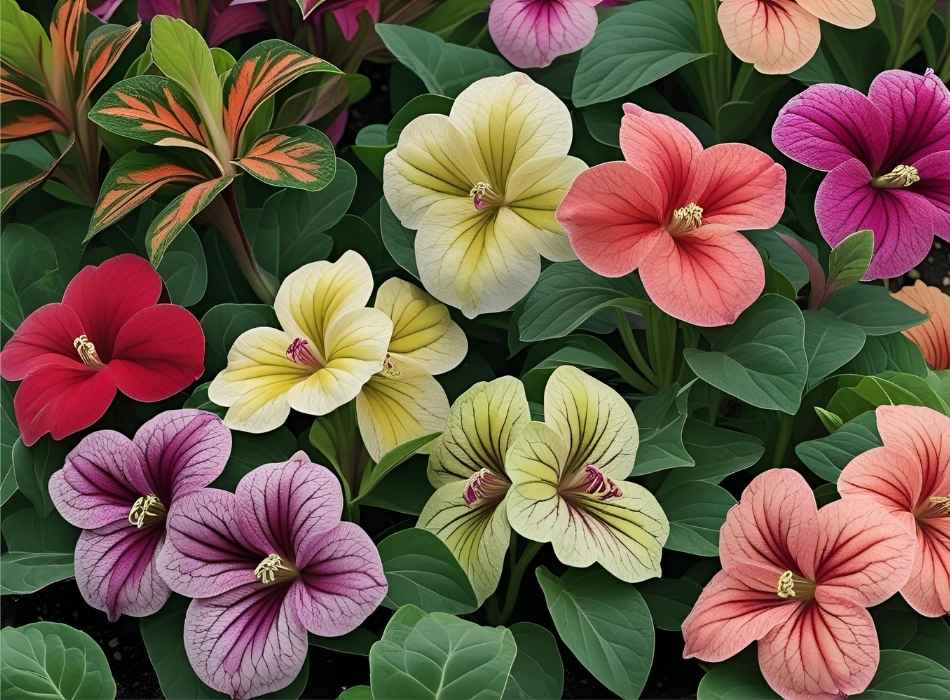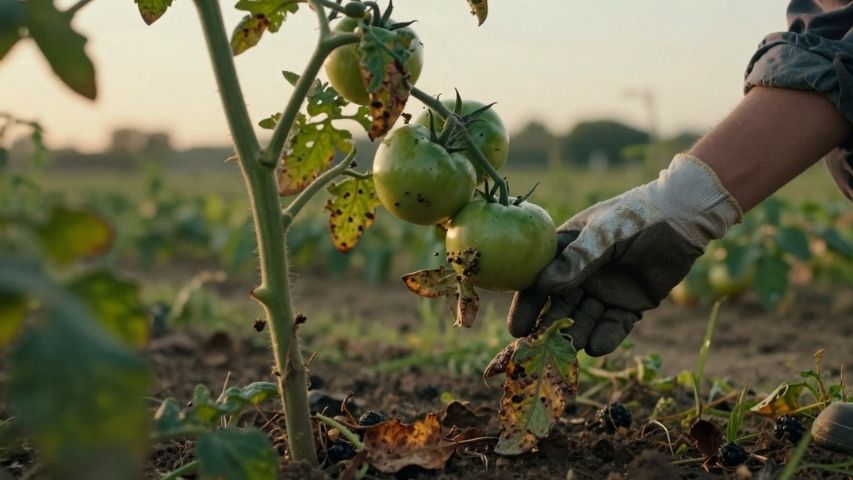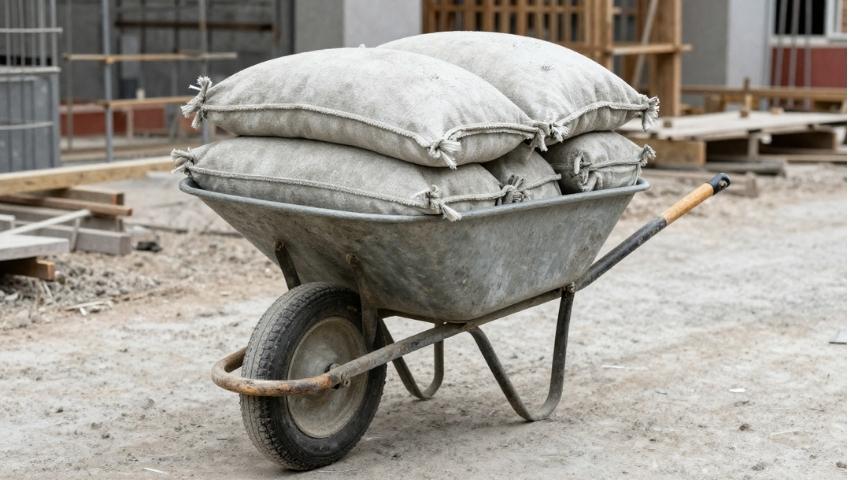If you’re searching for an easy-to-grow, vibrant flower to brighter up your garden or patio, look no further that New Guinea impatiens. Renowned for their dazzling colors and ability to thrive in partial shade, these flowers are an excellent choice for even the most novice gardeners. While many people purchase impatiens as young plants from nurseries, growing them from seeds can be an incredibly rewarding (and cost-effective) experience.
This blog will guide you through everything you need to know to successfully grow New Guinea impatiens from seeds, from sowing to transplanting, to keeping them flourishing throughout the growing season.
What Are New Guinea Impatiens?
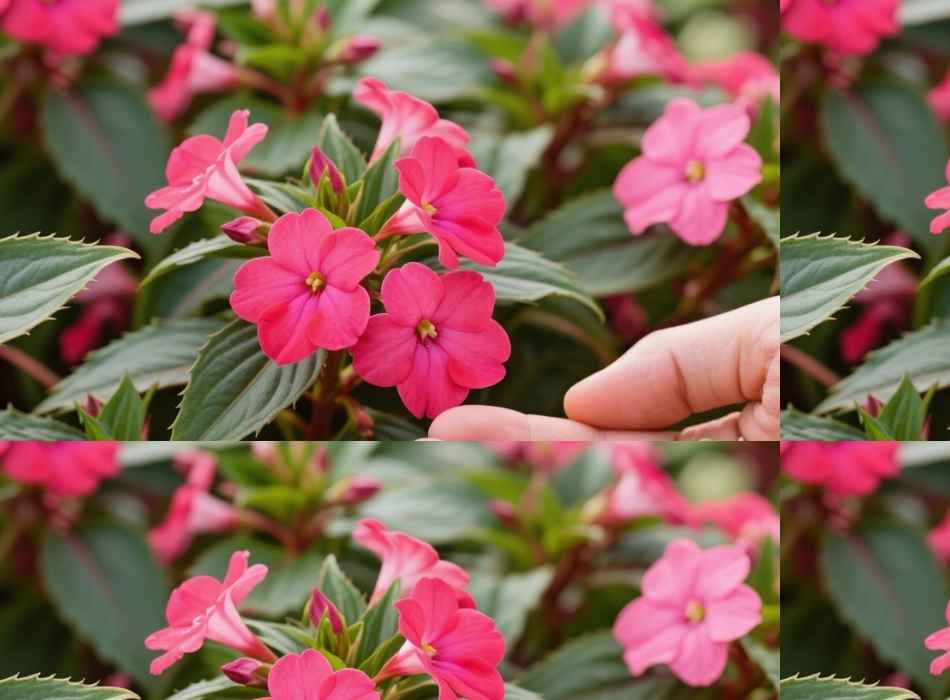
New Guinea impatiens, commonly known as Impatiens hawkeri, are beautiful, hardy flowering plants known for their showy blossoms and lush foliage. Unlike traditional impatiens, which are beloved for their shade tolerance, New Guinea varieties thrive in both partial shade and filtered sunlight, offering more flexibility in garden placement.
Key characteristics of New Guinea impatiens include:
- Vivid colors like reds, oranges, purples, pinks, and whites
- Larger blooms compared to traditional impatiens
- Unique foliage, often with variegated or deep green leaves
- Heat tolerance, making them suitable for warm climates
Why Start New Guinea Impatiens from Seeds?
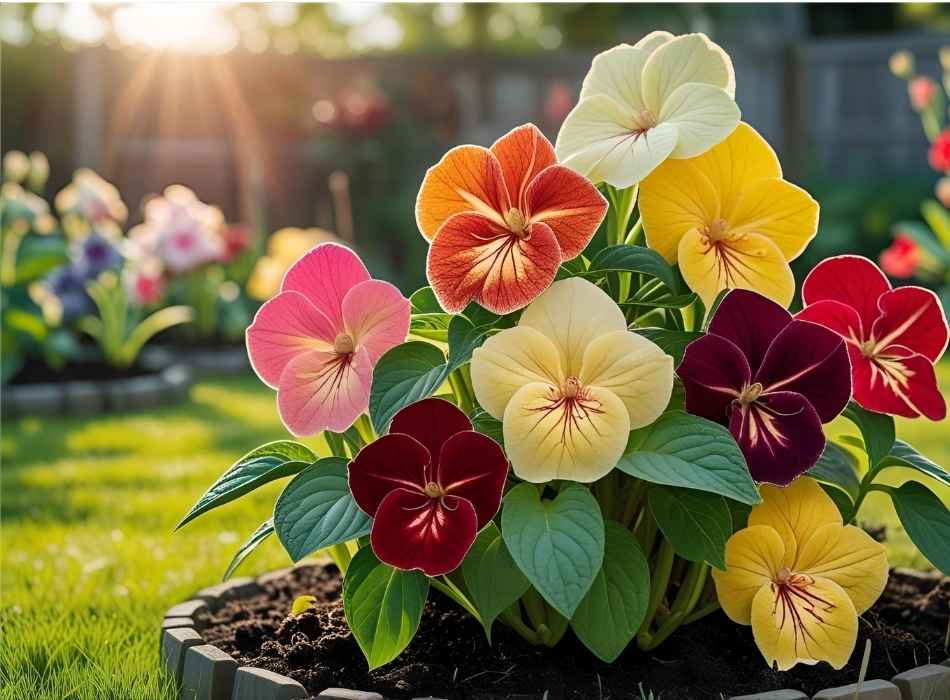
When planning your garden, growing New Guinea impatiens from seeds has several advantages:
- Cost-effectiveness: Purchasing seeds is often much cheaper than buying multiple potted plants.
- Variety: Seeds give you access to a broader range of colors and hybrids.
- Control: Germinating and growing plants from seeds ensures you know exactly how they’ve been cared for from day one.
- Satisfaction: There’s nothing quite like watching your plants grow from timy seeds into a lush, flowering masterpiece.
However, growing New Guinea impatiens from seeds does require a bit of patience and care. But don’t worry—we break it all down for you below!
Step-by-Step Guide to Growing New Guinea Impatiens from Seeds
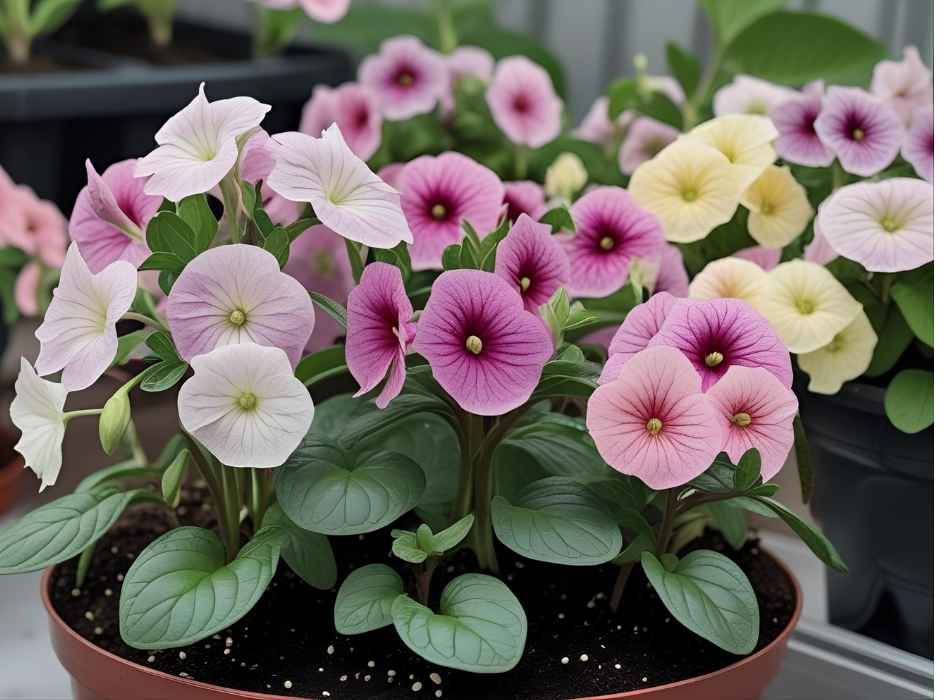
Step: 1 Plan for the Right Timing
Timing is crucial when it comes to starting New Guinea impatiens seeds. These flowers typically need about 12-16 weeks to grow from seed to transplant-ready seedlings. To achieve blooms in late spring or early summer, start your seeds indoors in late winter or early spring.
Step: 2 Gather Your Supplies
Before you start, make sure you have all the materials you’ll need:
. New Guinea impatiens seeds (check for hybrid or specific color mixes )
. Seed tray or small pots with drainage holes
. High-quality, well-draining seed-starting mix
. Clear plastic dome or plastic wrap to create a mini-greenhouse effect
. A spray bottle with water
. A grow light or a sunny windowsill
Step: 3 Sow the Seeds Properly
New Guinea impatiens seeds are tiny, so handling them requires care. Follow these steps:
Fill your seed tray or pots with seed-starting mix, leaving about 1/4 inch of space at the top.
Scatter the seeds evenly across the soil surface. Don’t bury them too deeply; these seeds need light to germinate.
Lightly press the seeds into the soil to ensure good contact, but do not cover them.
Mist the soil lightly with water to moisten it without oversaturating.
Step: 4 Provide the Ideal Germination Conditions
New Guinea impatiens seeds thrive in warm, humid conditions. To encourage germination:
. Cover the seed tray with a clear plastic dome or plastic wrap to trap humidity.
.Maintain Temperature around 70-75°F (21-24°C) using a heat mat if necessary.
. Provide Light by placing the tray on a bright windowsill or under a grow light for 12-14 hours a day.
Step: 5 Care for Seedings
Once your seeds sprout, remove the plastic cover to improve air circulation and prevent mold. Shift your focus to nurturing the seedlings:
Watering: Keep the soil evenly moist but avoid waterlogging, as impatiens are prone to root rot.
Lighting: Continue providing 12-14 hours of light daily to prevent leggy growth.
Thinning: If multiple seedlings sprout too close together, thin them out by snipping the weaker ones at the base.
Step: 6 Transplating Seedlings
When your seedlings have grown several sets of true leaves and are about 3-4 inches tall, they’re ready for transplanting outdoors. Here’s how:
. Acclimate your plants to outdoor conditions by gradually exposing them to sunlight and wind over 7-10 days (a process called “hardening off”).
. Planting: Choose a well-draining garden bed or container with rich, loose soil. Space plants about 12-18 inches apart to give them room to thrive.
. Watering and Mulching: Water your plants immediately after transplanting and add a layer of mulch to retain soil moisture.
Tips for Keeping Your New Guinea Impatiens Thriving
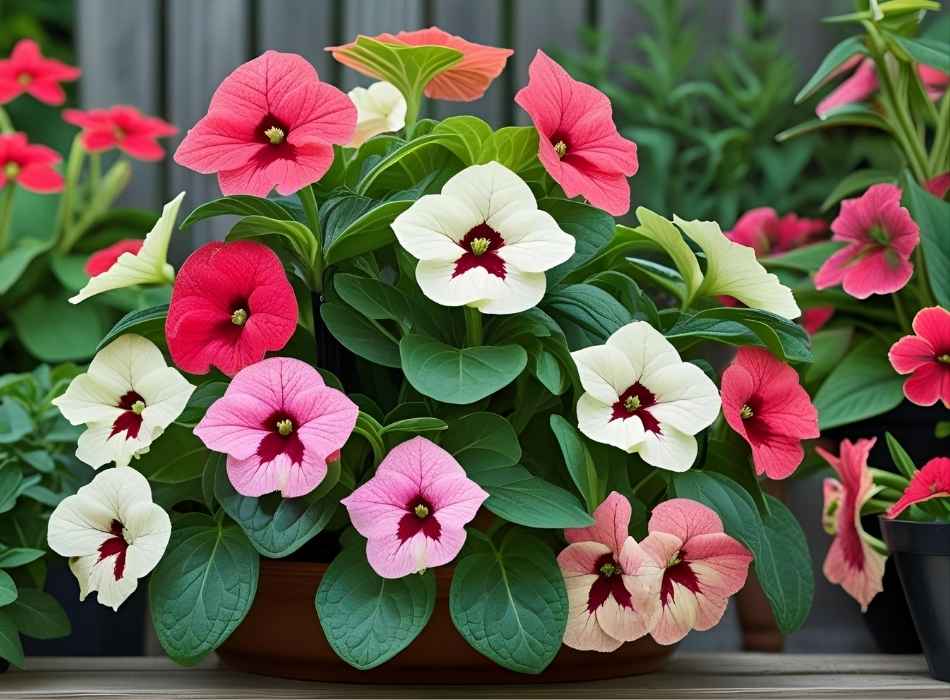
To ensure your plants stay healthy and vibrant all season long, follow these gardening tips:
Fertilize Regularly. Use a balanced, water-soluble fertilizer every two to three weeks to encourage continuous blooms.
Water Consistently. Impatiens prefer moist (but not soggy) soil. Water them deeply if the top inch of soil feels dry.
Deadhead Blooms. Though New Guinea impatiens are self-cleaning, removing spent flowers can help maintain a tidy appearance.
Pest and Disease Management. Watch for signs of pests like aphids or diseases like powdery mildew. Treat infestations with insecticidal soap or neem oil.
Why New Guinea Impatiens Are Worth the Effort
Despite the time and care involved, growing New Guinea impatiens from seeds is an incredibly rewarding experience. Not only will you save on costs and gain access to unique varieties, but the satisfaction of starting your plants from scratch is incomparable. Their vibrant colors and adaptability to various light conditions make them a stunning addition to any garden or patio.
Whether you’re a seasoned gardener or just starting out, New Guinea impatiens are a flower you’ll fall in love with time and time again.







